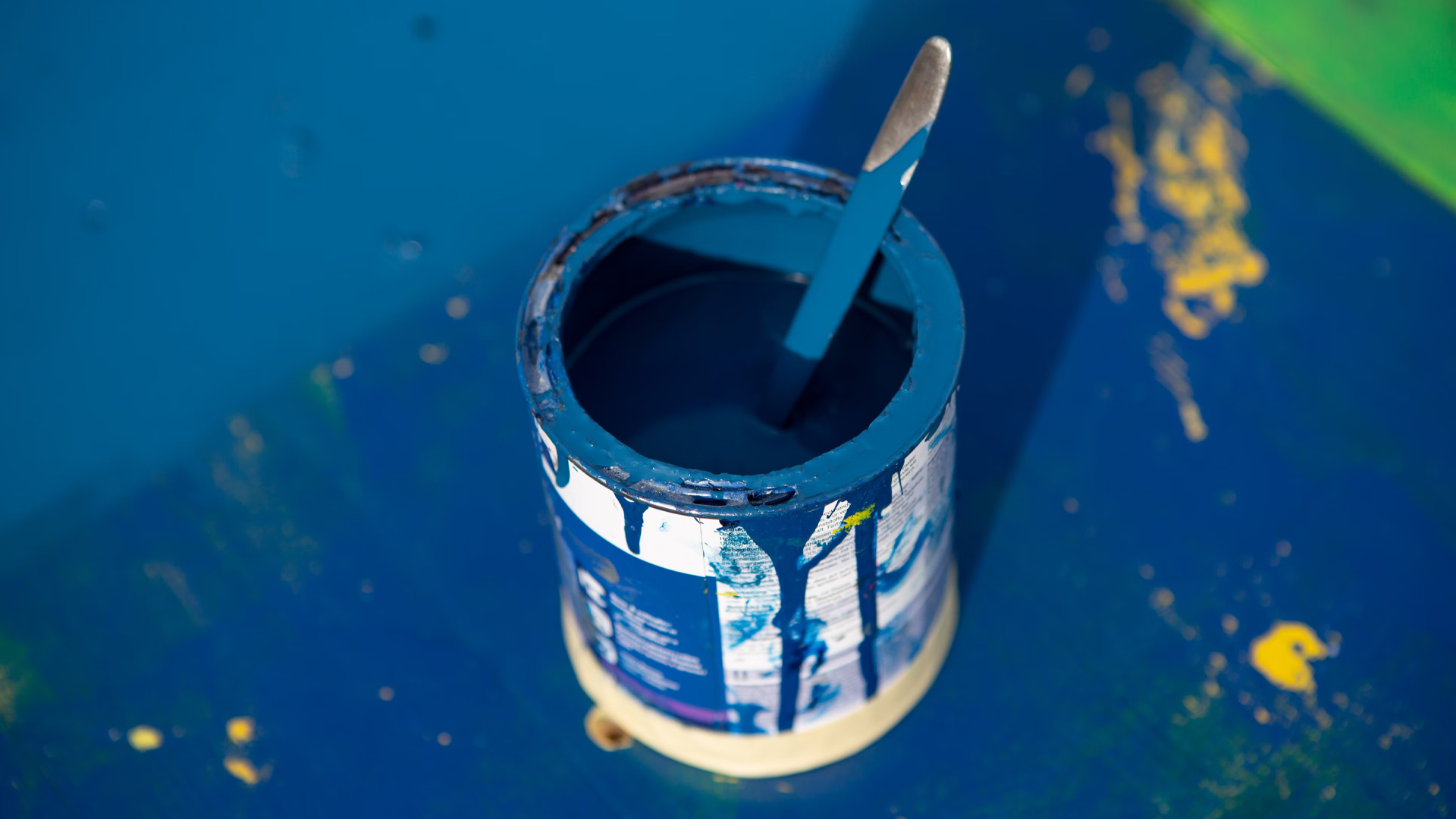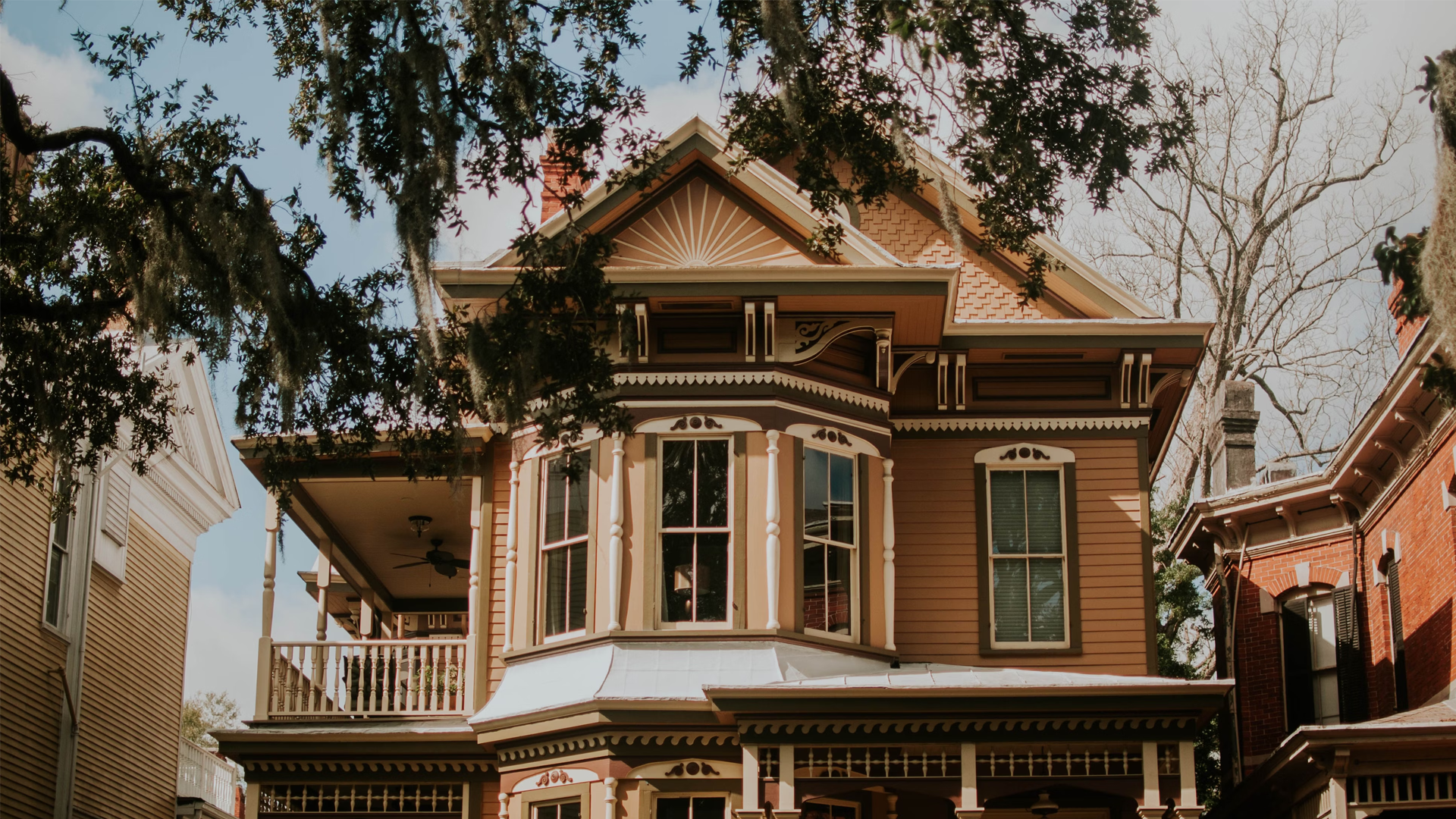Key Take Aways
Moisture is the primary culprit: Wood rot, whether wet or dry, is driven by excessive moisture—via leaks, poor drainage, or humidity—creating ideal conditions for fungal decay.
Identify rot types: Wet rot appears softer and spongier, while dry rot (a type of brown rot) spreads quickly in damp timber and can affect adjacent materials .
Step‑by‑step repair:
Locate and eliminate moisture sources.
Remove all visibly affected wood.
Apply an appropriate fungicide or preservative.
Repair or replace damaged sections using treated wood or fillers.
Treatment options: Includes fungicides, wood preservatives (e.g., copper-based, borates, epoxies), and for historic buildings, non‑toxic environmental approaches to reduce moisture .
Environmental vs orthodox methods: Traditional dry rot treatments involve extensive removal and chemical use, while environmental strategies focus on drying, ventilation, and repairing moisture issues—often with fewer chemicals.
Preventative preservation: Using pressure-treated or naturally durable woods, wood modification (like acetylation), and surface sealants helps extend wood lifespan
Wood rot is a common issue that affects many homes, compromising structural integrity and aesthetic appeal. It occurs when wood becomes too moist, providing an ideal environment for fungi to thrive and decay the wood. Understanding how to effectively treat and prevent it is crucial for maintaining a healthy, safe, and beautiful home. This guide will delve into the its causes, how to identify it, treatment options, and prevention strategies.
Understanding Wood Rot
Wood rot is classified into two main types: dry rot and wet rot. Wet rot occurs due to excessive moisture in wood, while dry rot is a more severe form of decay that can spread through wood even in relatively dry conditions. The culprit behind wood rot is a group of fungi that digest parts of the wood which give the wood strength and stiffness.
Causes
The primary cause of wood rot is moisture, which can come from leaking pipes, poor drainage, inadequate ventilation, or high humidity levels within the home. Wood that is continuously exposed to moisture without the chance to dry adequately becomes susceptible to fungal growth, leading to rot.
Identifying Wood Rot
Identifying wood rot early can save significant repair costs and structural damage. Some common signs include:
- Soft, crumbly, or spongy wood.
- Discoloration or darkening of the wood.
- Musty, damp smell.
- Visible fungal growth or spore dust.
Treatments
Wood rot treatment involves removing the source of moisture, eliminating the fungal growth, and repairing or replacing the damaged wood. Here’s a step-by-step approach to treating wood rot:
1. Identify and Eliminate Moisture Sources
The first step in treating wood rot is to identify and rectify any moisture issues. This could involve fixing leaks, improving drainage and ventilation, or using dehumidifiers to reduce indoor humidity levels.
2. Remove Affected Wood
Severely rotted wood cannot be salvaged and must be removed. This may require the expertise of a professional, especially if structural elements are affected. Ensure all rotted wood is removed to prevent the spread of fungi to healthy wood.
3. Treat with Fungicide
Once the rotted wood is removed, treat the surrounding areas with a fungicide to kill any remaining fungi and spores. There are various wood preservatives and fungicides available that are effective against wood rot. It’s crucial to follow the manufacturer’s instructions for application and safety measures.
4. Repair or Replace Damaged Wood
After treating the area for fungal growth, repair or replace the damaged wood. For non-structural cosmetic repairs, wood filler or epoxy fillers can be used to fill small holes or gaps. For structural damage, it may be necessary to replace entire sections of wood. Ensure that any new wood used is treated to resist moisture and fungal growth.
5. Prime and Paint
Finally, to further protect the wood from moisture, prime and paint the repaired area. Use a high-quality primer and paint that are suitable for exterior use to provide the best protection against the elements.
Preventing Wood Rot
Prevention is always better than cure, especially when it comes to wood rot. Here are some tips to prevent wood rot in your home:
Maintain Proper Ventilation
Ensure your home, especially areas like the attic, basement, and crawl spaces, are well-ventilated. Adequate airflow helps to keep these areas dry and less hospitable to fungi.
Keep Wood Dry
Regularly check and maintain your home to prevent water ingress. This includes cleaning gutters, maintaining roofs and windows, and ensuring proper drainage around the foundation.
Treat Wood with Preservatives
Treat exposed wood surfaces with water-repellent preservatives to protect against moisture and fungal growth. This is especially important for outdoor wood structures like decks, fences, and exterior trim.
Regular Inspections
Regularly inspect your home for signs of moisture problems or wood rot, particularly in areas prone to dampness. Early detection can prevent significant damage.
Use Rot-Resistant Wood
When building or replacing wood structures, consider using rot-resistant wood types like cedar, redwood, or treated lumber. These materials are less susceptible to rot and can offer longer-lasting protection.
Conclusion
Addressing wood rot necessitates not only timely intervention but also expert knowledge and solutions, especially when the integrity and appearance of your home are at stake. While moisture control and regular maintenance form the bedrock of prevention, significant cases of wood rot call for professional attention.
At All Weather Coating, we pride ourselves on being experts in exterior wall coating services, offering specialised solutions that extend beyond simple fixes to ensure long-term protection for your home. Our expertise uniquely positions us to address wood rot, particularly when it affects the exterior and structural components of your property. With a focus on not just treating but preventing future occurrences, our services are designed to safeguard your home against the harsh realities of moisture and decay.
Recognising the importance of your home’s integrity and aesthetic appeal, All Weather Coating provides comprehensive assessments and tailored solutions to tackle wood rot effectively. Our team of professionals is equipped with advanced techniques and materials to restore and protect your property, ensuring it remains strong, healthy, and visually appealing for years to come.
Don’t let wood rot undermine the safety and beauty of your home. Contact All Weather Coating today to explore our expert exterior wall coating services. With our assistance, you can achieve lasting protection against wood rot, preserving the value and comfort of your property. Let us be your partner in maintaining a robust and beautiful home.





